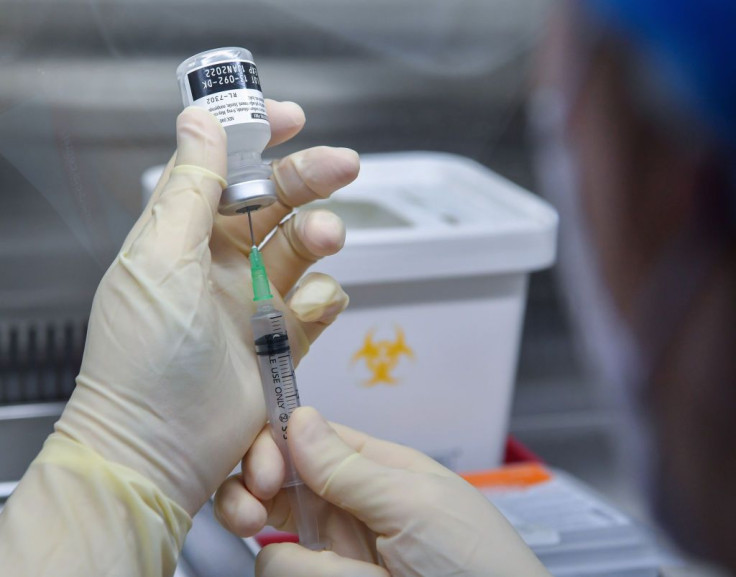As the COVID-19 vaccine rolls in the United States in December 2020, White House medical adviser Anthony Fauci predicted that the coronavirus's herd immunity threshold could be as high as 80 to 90%.
The implication was demoralizing: to actually avoid the virus from spreading freely, America would need to vaccinate up to 90% of its population. Near-universal vaccination seems doubtful, with roughly 20% of the population still refusing to be vaccinated, prompting a recent New York Times report to claim that herd immunity might be impossible.
However, recent data from Israel paints a more optimistic picture: with approximately 60% of its population vaccinated, Israel has nearly completely reopened its economy and reduced the number of coronavirus cases and deaths to almost zero.
Some conditions remain in place, such as indoor masking and vaccine passport requirements. But the country is far closer to normal than it could afford to be just months ago, with little assurance of protection.
The herd immunity threshold has yet to be determined with certainty. According to some researchers, it may be as low as 60%. However, Israel's data indicates that Americans could return to a more normal way of life without fear of deadly infection if vaccination rates were lower than 90%.
After a year in which trying to find the balance in the U.S. sparked wave after wave of COVID-19, it's a sign that there's a relatively secure gray area — a sort of COVID-19 endgame — between lockdowns and the pre-pandemic standard.
The good news for Americans is that they're not far from reaching our goal of vaccinating 60% of the population. According to federal statistics, more than 40% of the population has received at least one dose, and more than 30% aref completely vaccinated.
At current vaccination rates, the United States could reach 60% partial vaccination this month or in June, and 60% full vaccination in June or July — all within three months. In the last two weeks, COVID-19 cases in the United States have fallen by about 27%.
When the virus can no longer circulate widely, reaching 60% can allow for infection control without being true herd immunity. In any case, raising the vaccination rate above 60% will help prevent the coronavirus from resurfacing — particularly if variants, changes in the weather and seasons, or state-by-state variance in vaccination rates allow the virus to slip through our defenses.

© 2025 Latin Times. All rights reserved. Do not reproduce without permission.




